In 2022, the California Supreme Court made headlines when it affirmed a ruling that bees could be classified as fish, thereby granting the insects protection under the state’s rigorous endangered species law.
Does this mean the court says we should rework textbooks and include bees alongside salmon?
Not at all. The strange ruling makes more sense when you understand the laws and nitty-gritty details it involves.
Here’s what you need to know.

Bumblebees live in social, annual colonies.
©nnorozoff/iStock via Getty Images
What’s CESA?
California enforces many wildlife regulations. CESA, or the California Endangered Species Act, is designed to keep animal and plant life from extinction. The law covers any threatened “bird, mammal, fish, amphibian, reptile, or plant.”
CESA’s went into effect in 1970. The state repealed it and replaced it with the current version of CESA in 1984.
Are Bees Actually Fish?
Insects weren’t mentioned in the specific act’s wording. However, a separate California regulation legally defines fish as “a wild fish, mollusk, crustacean, invertebrate, amphibian, or part, spawn, or ovum of any of those animals.”
So, are bees actually fish? Yes, because all invertebrates are according to California law. The broad definition of fish allows activists to fight for insect survival.
The California Department of Fish and Wildlife has clarified that “It was not believed necessary to include the term invertebrate in the original legislation because ‘fish’ is defined in the Fish and Game Code to include ‘invertebrates’…”
Who Brought This Issue to Court?
The debate over bees as fish began in 2018 when the Xerces Society for Invertebrate Conservation and other activist groups asked California to add four bumblebee species to the endangered species list. They reasoned that bees were invertebrates and thus “fish” by law.
At first, the activists’ plan worked. However, one year later, in 2019, pro-agricultural groups filed a petition in court to uproot the bumblebee decision. The court ruled with the plaintiffs and found that CESA did not apply to insects.
The fight didn’t stop there. It then moved to the California Court of Appeals. In May 2022, the Appeals court reversed the lower court’s ruling and emphasized how California law considers invertebrates as fish. A few months later, the state Supreme Court declined to hear the case and upheld the Appeals court decision.
Which Bees Are Now Endangered?
Four bumble bee species were named in the case: the western bumble bee, Franklin’s bumble bee, Crotch’s bumble bee, and the Suckley cuckoo bumble bee. Each one is now on California’s endangered species list.
The bees live in a highly social structure with a queen and strict roles. Their lives are short, however. By spring, the colony’s sole survivor is the queen. She’ll find a new nest and lay eggs. In most bumble bee species, the queen feeds the young at first, but once the first batch of workers are mature, they’ll take over, and the queen will focus on laying more eggs.
Eventually, new queens emerge. The queens mate before the rest of the colony, including the old queen, dies.
Western Bumble Bee
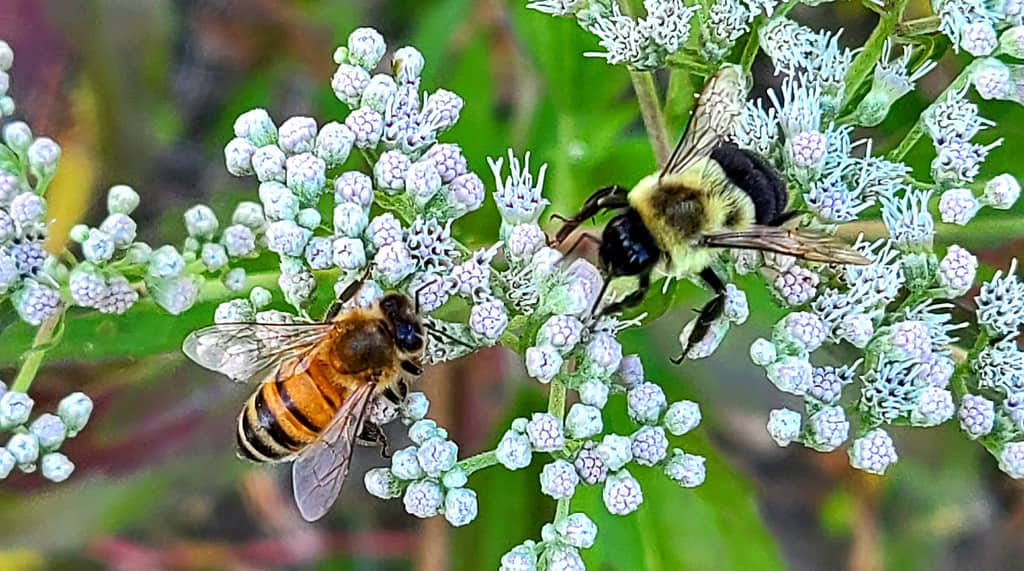
The Western bumble bee’s population has fallen by as much as 80% in California.
©Sarah Bruce/iStock via Getty Images
Western bumble bees live throughout Canada and America’s West. Within California, it’s been found in a broad range of habitats. The bees are currently concentrated in Sierra Nevada and northern California.
Franklin’s Bumble Bee
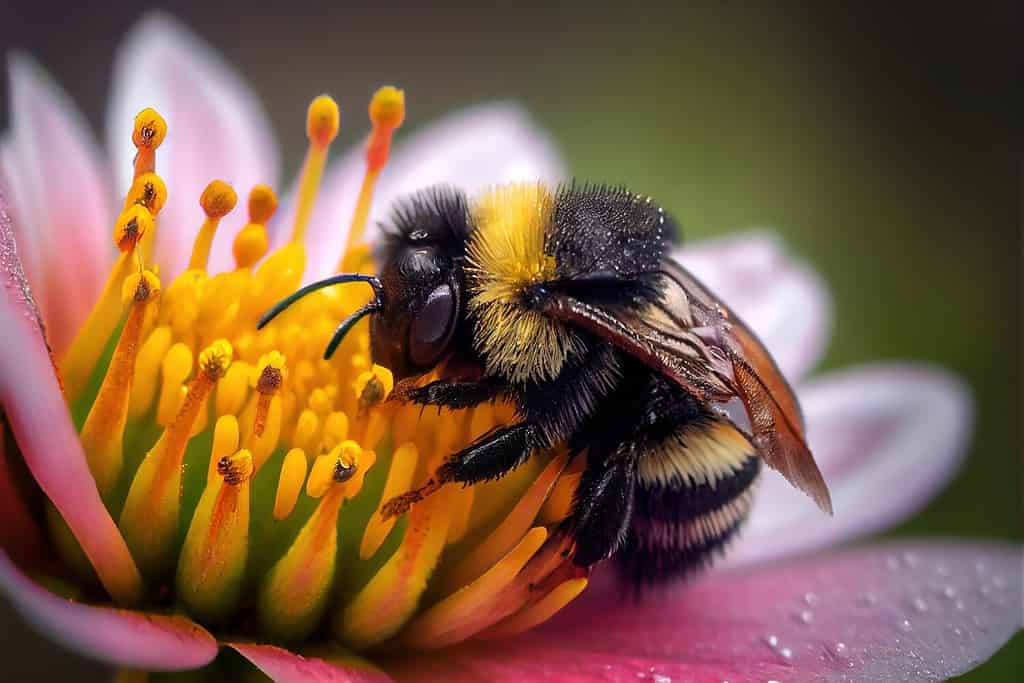
Some researchers believe Franklin’s bumble bees are already extinct.
©ArtEvent ET/Shutterstock.com
It may be too late to protect Franklin’s bumble bee. According to survey data, there hasn’t been a sighting of the bees since 2006.
Crotch’s Bumble Bee
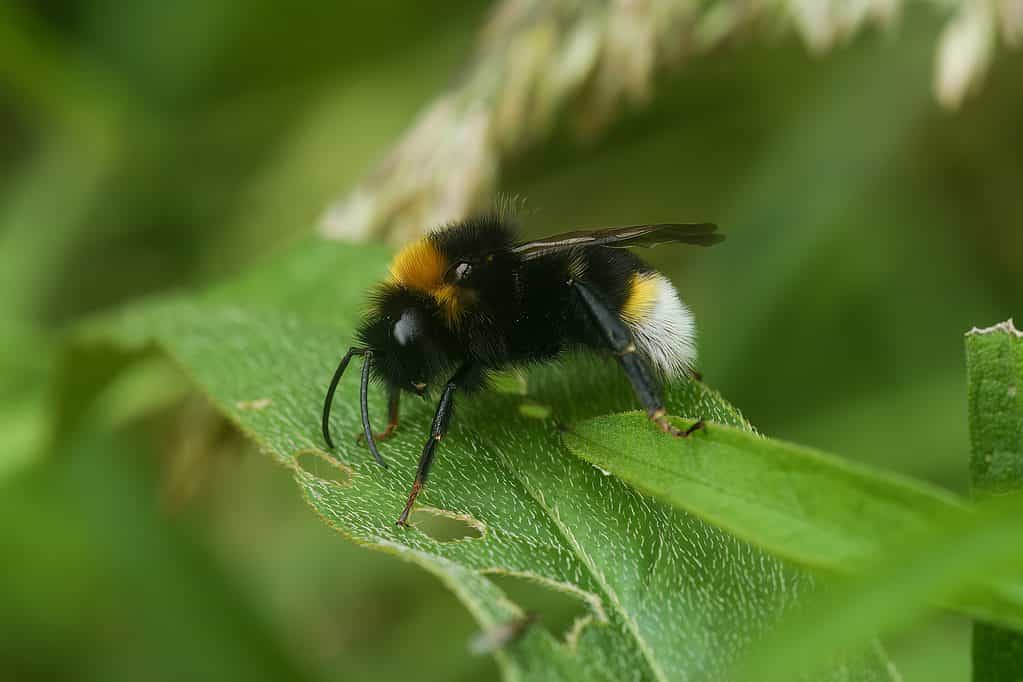
Most Crotch’s bumble bees live in California.
©HWall /Shutterstock.com
The International Union of the Conservation of Nature (IUCN) lists Crotch’s bumble bee as endangered as well. It mostly lives in California, but there have been a handful of recorded sightings in Mexico and Nevada.
Suckley’s Cuckoo Bumble Bee
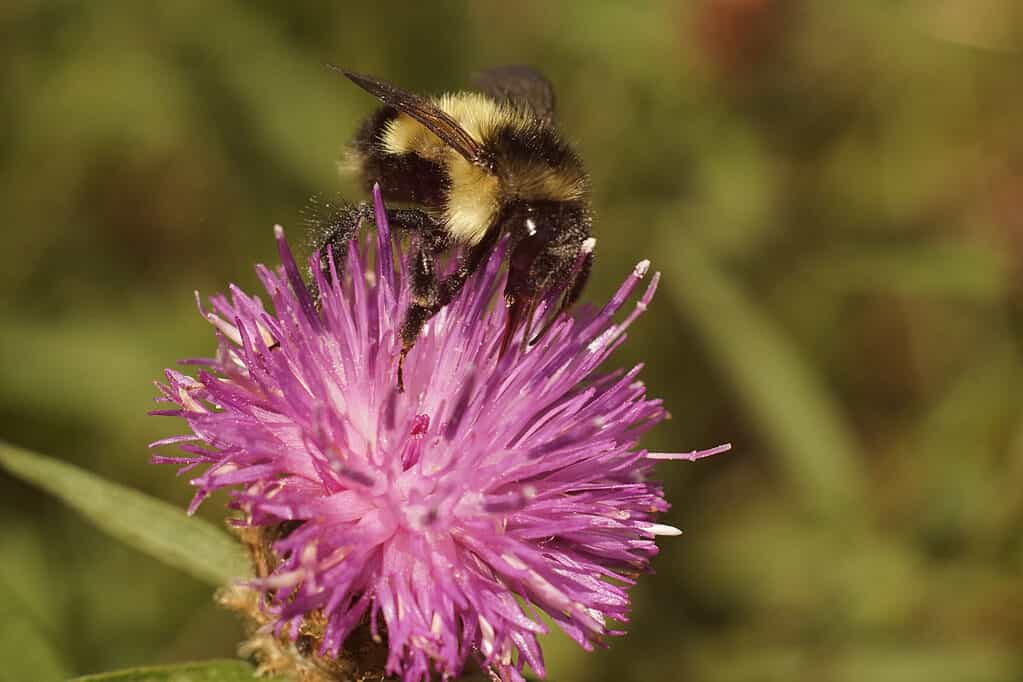
Suckley’s cuckoo bumble bees are social parasites.
©iStock.com/Wirestock
Unlike the first three, Suckley’s cuckoo bumble bee is an obligate social parasite. It preys on bumble bees.
Female Suckley’s cuckoo bumble bees break into rival bee nests after mating. They then kill the queen or subdue her so she stops laying eggs. The new eggs in the nest become Suckley’s. Adult Suckley’s cuckoo bumble bees leave the nest to mate and repeat the process.
What Does This Ruling Mean for California Agriculture?
If bees are endangered, it puts extra pressure on California’s commercial farmers. Loss of habitat, widespread insecticide, and toxic chemical use are driving factors affecting bee populations.
California legislators are considering new rules that would severely limit the use of insecticides.
“This is critical,” explained acting chief deputy director of the Department of Pesticide Regulation Karen Morrison. “Pollinators play a very important role in the ecosystem at large as well as for crops and being able to produce food in the state.”
Cherry, almond, citrus, grape, strawberry, and tomato growers are among those who will be affected the most if the new restrictions are approved.
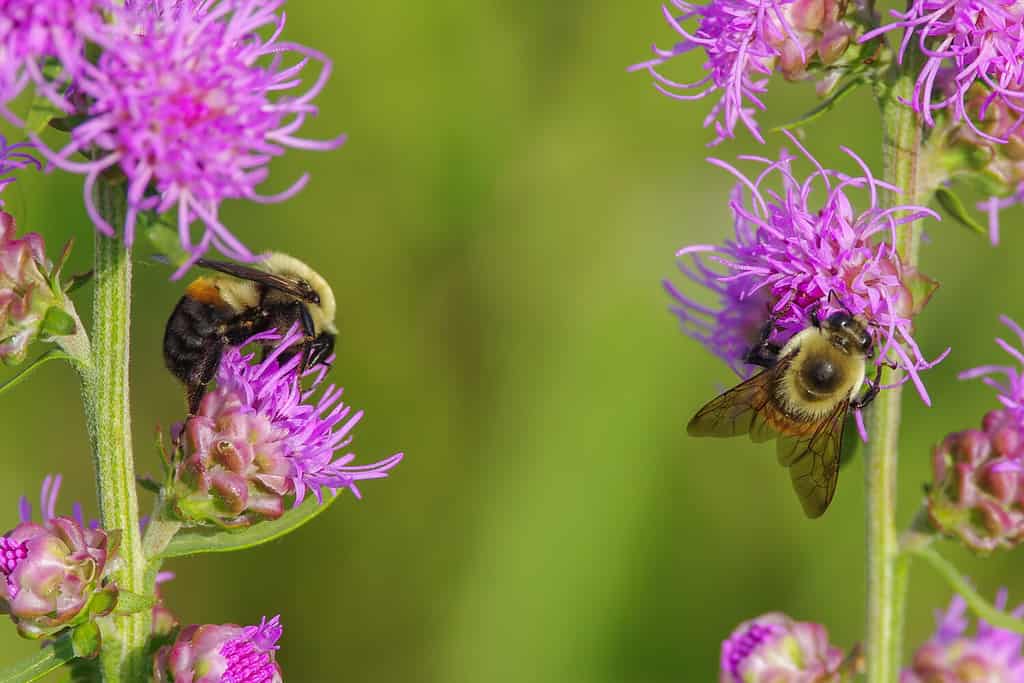
Bumblebee workers feed the colony.
©natmac stock/Shutterstock.com
Why Does This Ruling Matter for Californians?
Proponents of protecting bees through CESA say that everyone will benefit. Bumblebees are pollinators who help maintain agriculture and biodiversity. Many birds and mammals depend on insects like bumblebees to survive, as do many plants.
Dwindling population numbers can have consequences that harm humans, animals, and plant life.
Final Thoughts
Classifying bees as fish doesn’t change what people learn in science class. Instead, the law gives animal and ecological activists a way to help protect diminishing invertebrate species.
The photo featured at the top of this post is © olko1975/Shutterstock.com
Thank you for reading! Have some feedback for us? Contact the AZ Animals editorial team.







